In this video I discuss what is glycogen, some of the functions of glycogen, and how many carbs to fill glycogen stores. I also discuss where glycogen storage takes place and how much glycogen is stored in the body. Transcript What is glycogen? To answer this, we are going to start with carbohydrates. When we eat carbs, our body breaks them down into what is called glucose. Glucose is the main source of energy, or fuel for cells. When the cells are full of fuel, the body takes this extra energy and converts it to glycogen. So, glycogen is a form of energy storage in the body. It is estimated that the body stores about 2000 calories worth of energy as glycogen. It gets stored in mainly 2 places, in muscles, and in the liver. Glycogen that is stored in the liver can be used by other organs and cells in the body. Glycogen that is stored in muscles is not shared, so it is used only by muscle cells. It is estimated that The liver will store about 400 calories of energy, and muscles will store about 1600 calories of energy. Now we are going take a basic look at how this works. Lets say that jack here is about to eat. His liver glycogen tank is ¾ full, and his muscle glycogen tank is 3/4 full. Jack eats his meal, and the carbs are broken down into glucose. Some of this glucose is sent by the liver, into the bloodstream to cells throughout his body. The liver takes the extra glucose and converts it to glycogen and stores it for later use, filling up his liver glycogen tank. In between meals when energy is needed, the liver breaks the glycogen down into glucose and releases it into the bloodstream, as you can see the glycogen tank starts to empty until jack eats again. One note here, fat can also be converted to energy to be used, and I will cover that in another video. The process will be similar in the muscles. Jacks muscle glycogen tank was ¾ full before his meal. After his meal, the tank is full. In between meals, jack is moving around, causing his muscle glycogen tank to become depleted.
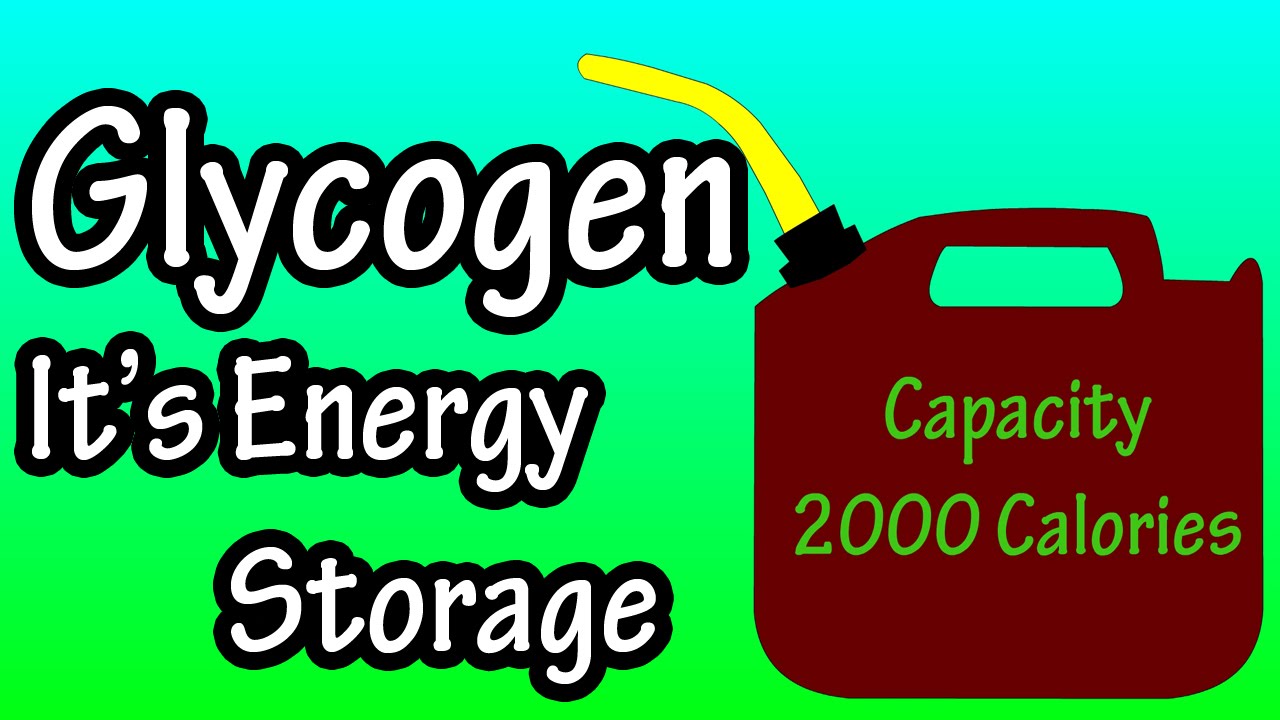
Glycogen – What Is Glycogen?
- Post author:
- Post published:May 24, 2021
- Post category:Uncategorized
- Post comments:0 Comments
You Might Also Like

Jogging on Spot
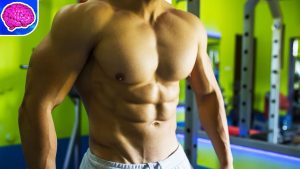
The IDEAL Body According To Women!

Muscleblaze(BCAA)and(L-Arginine)rs.638 Pre workout i by FROM AMAZON | bodybuilding supplements
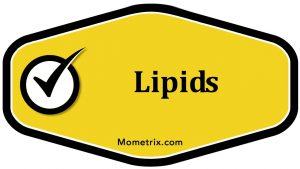
Lipids
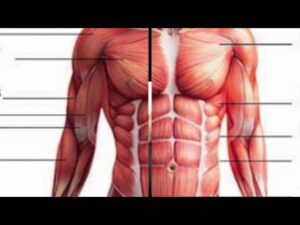
Why is water important for our bodies?

Incline Dumbbell Row

EASY TIP – How to Preacher Curl for Big Gains
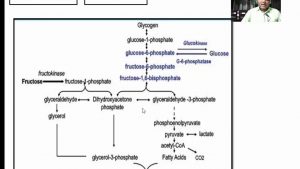
FRUCTOSE CAN WORSEN THE LIPID PROFILE..

Heart Attack During Exercise – Not a Big Threat

Mind Blowing Chest Blitz !

Things you must know before taking Glutamine Supplements | HINDI

Free weights exercise for back muscles: hyperextension on an exercise ball
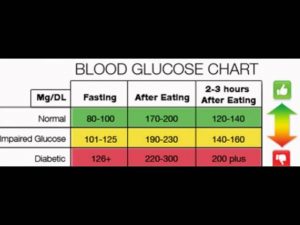
Normal Blood Sugar Level

PROTONIX LIVE PERFORMANCE

Gynecomastia | Dr. Praveen Kumar – Tirupati

Insomnia Video – 2

Fat Loss, Weight Loss Video – 23

Flat Bench Press Dumbbell-3

Nutrition & Diets : Tips to Prevent Weight Gain While Trying to Quit Smoking

Physiotherapy in Obstetrics Video – 4

How to Calculate Body Mass Index – Body Mass Index Explained
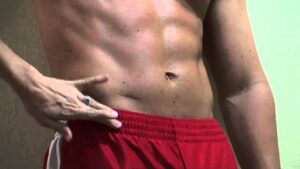
How to Measure body fat percentage CHEAPLY & EFFECTIVELY – calculator

Keto Diet, Keto Foods, Keto Recipes Video – 10
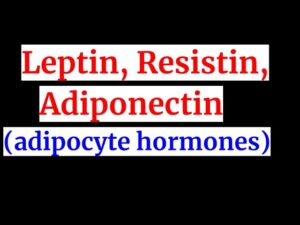
Leptin, Adiponectin ,resistin(-adipocyte hormones)
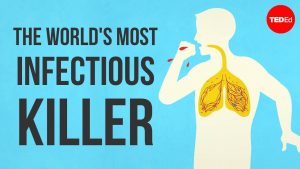
What makes tuberculosis (TB) the world’s most infectious killer? – Melvin Sanicas
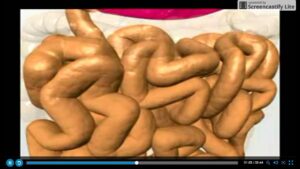
Digestion of proteins fats and carbohydrates

Properties of Water

Seated Row-2
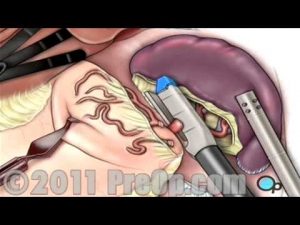
Spleen Removal Surgery Laparoscopic Splenectomy PreOp® Patient Education

Leg curl || Leg workout || Fitness special || workout video ||
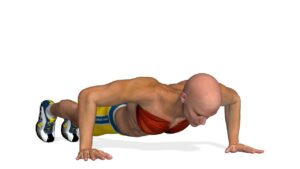
Chest Workout: Push-Ups
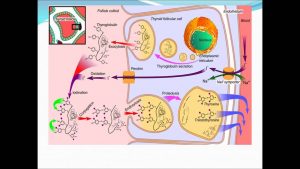
Thyroid Hormone metabolism PPT
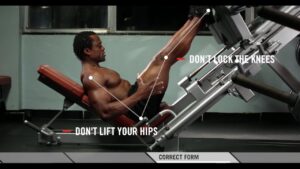
Leg Press-1

Mushroom Nutrition Video – 1
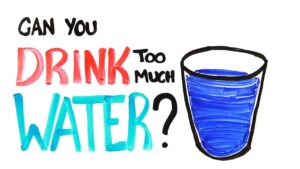
Can You Drink Too Much Water?

Human Body Video – 7
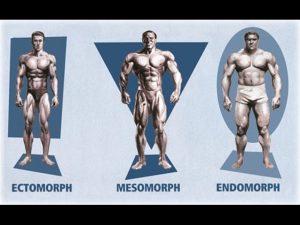
Ectomorph? Endomorph? Mesomorph? How To Train & Eat For YOUR Body Type

Dr. Brad Schoenfeld Says You Need At Least 10 Sets Per Muscle Group?

Ronny Rockel Posing Trunk Workout
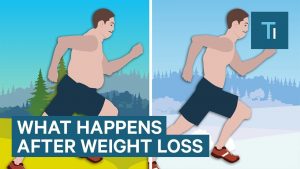
What Losing Weight Does To Your Body And Brain | The Human Body
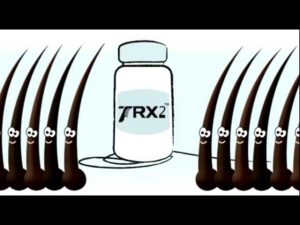
TRX2® Hair Loss Treatment – The Science Behind It.

